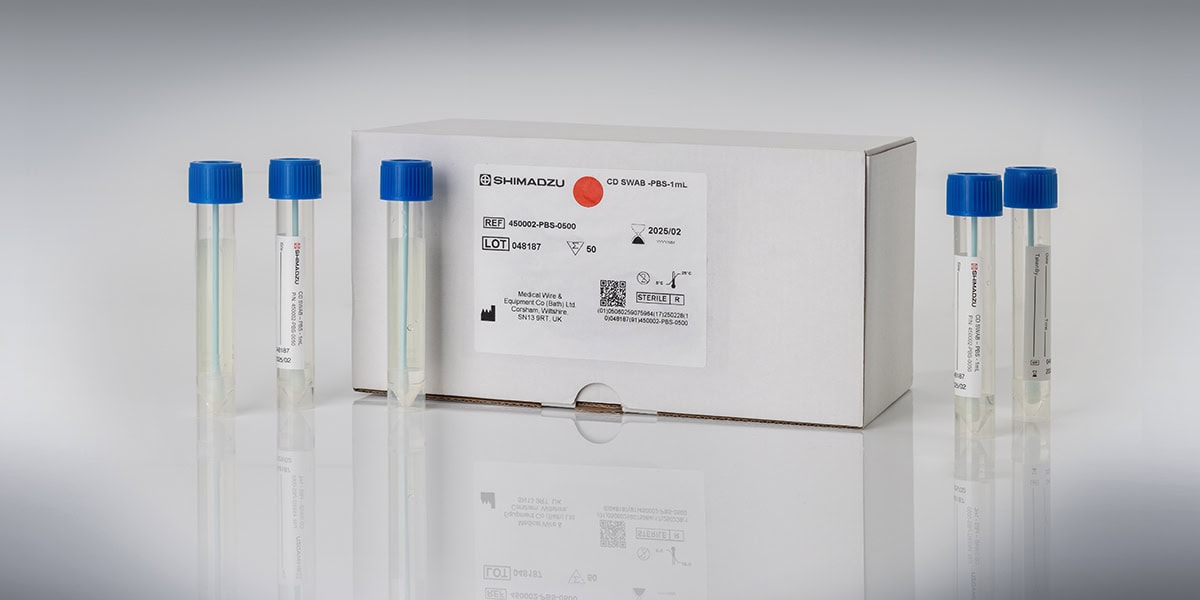
Recent news in Food & Feed Analysis
- Home
- /
- Coronavirus: Can you get...
Coronavirus: Can you get infected through food?

The spread of the coronavirus is causing concern worldwide. Because knowledge of this novel virus is still limited, there is much speculation. For example, there are fears that the virus may also be transmitted through food. Is there any truth to this?
The coronavirus mainly attacks the respiratory tract, which is why it is spread primarily by droplet infection. However, many people are wondering whether other ways of transmission are possible: Objects such as door handles or cutlery were mentioned, as well as goods imported from China such as toys, clothing or electronics – and also contaminated food.
Viral contamination in food
Indeed, viruses, especially norovirus and hepatitis A, are a common cause of foodborne diseases. Although food is not a host for viruses, i.e. they cannot multiply in food, they can get onto the food via infected persons (e.g. food retailers or cooks) and survive there. Food contaminated with viruses can cause infections in humans, ranging from mild diarrhoea to severe hepatitis. Foodstuffs that are processed by hand and not heated before consumption are particularly affected. This is why foods eaten raw, such as salad, fruit and vegetables as well as oysters, mussels and sushi, are a frequent source of infection.[vc_tabs style=”simple”][vc_tab title=”Norovirus” tab_id=”1585841377-1-7″]Noroviruses are responsible for more than 90 % of the non-bacterial gastroenteritis cases. Symptoms include vomiting, diarrhea and nausea. As noroviruses are extremely environmentally stable, they can cause large-scale gastroenteritis outbreaks, particularly in community facilities such as hospitals and nursing homes. The disease can be transmitted directly from human to human or indirectly through contaminated areas, objects, food or water.[/vc_tab][vc_tab title=”Hepatitis A” tab_id=”1585841377-2-4″]The hepatitis A virus can cause serious infections. The main symptom is an inflammation of the liver with symptoms such as gastrointestinal complaints, fever or skin rash. The disease is usually transmitted through contaminated drinking water (also ice cubes), contaminated food or due to a smear infection.[/vc_tab][vc_tab title=”Influenza” tab_id=”1585842195909-2-10″]Since the outbreak of the avian influenza (also known as bird flu, avian plague or HPAI) caused by the H5N8 virus, influenza has come to the fore of attention again. Not all influenza subtypes are pathogenic for humans, but many lead to serious illness, e.g. in chickens or pigs, which can result in significant economic damage.[/vc_tab][/vc_tabs][mk_blockquote style=”line-style” font_family=”none”]Viruses are sensitive to heat, but cold (including freezing) does not render them harmless.[/mk_blockquote]Concerning the coronavirus, reputable sources such as the German Federal Institute for Risk Assessment (Bundesinstitut für Risikobewertung, BfR) indicate that droplet infection is the most important transmission path. However, it cannot yet be ruled out that the virus, like other viral pathogens, can also be transmitted via smear infection. It is therefore conceivable that objects and foods that have recently been contaminated with corona viruses could be a source of infection. However, this is probably only possible in a limited time frame, as the virus is only able to survive in the environment for a few hours. In addition, no confirmed case is known to date in which infection has occurred in this way. Nevertheless, when handling food, it is advisable to follow the general hygiene rules – i.e. above all: frequently wash your hands.


